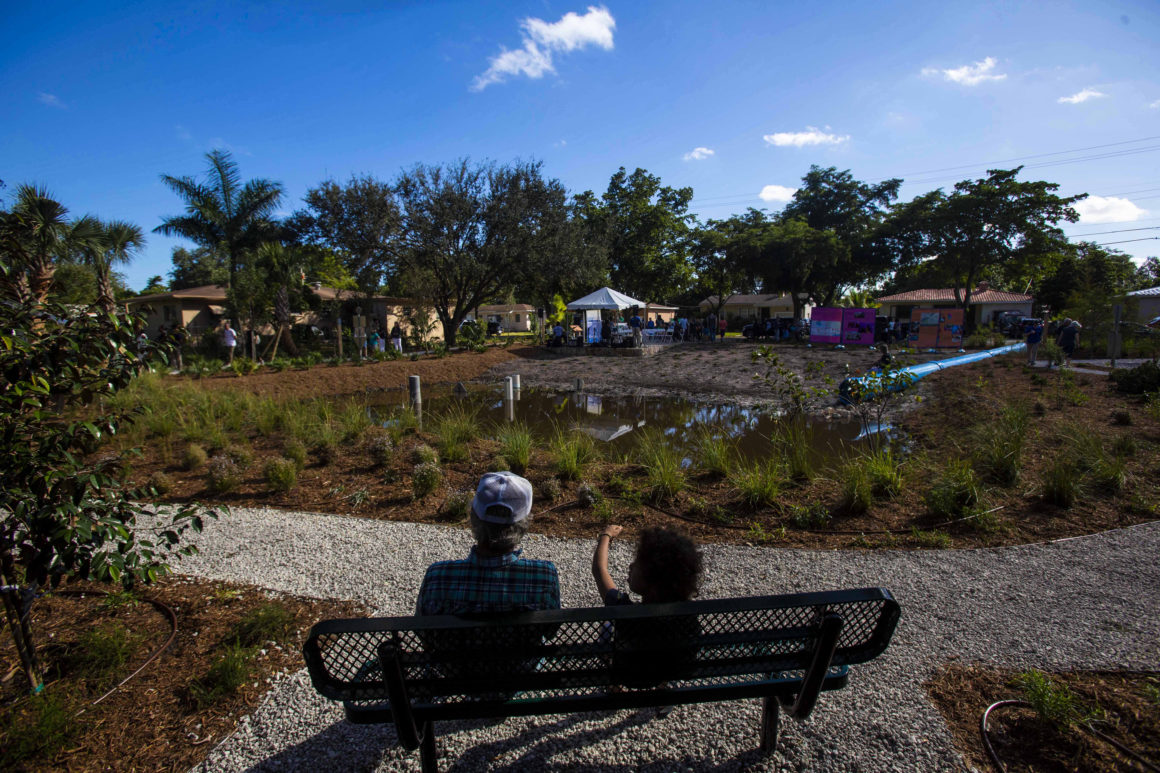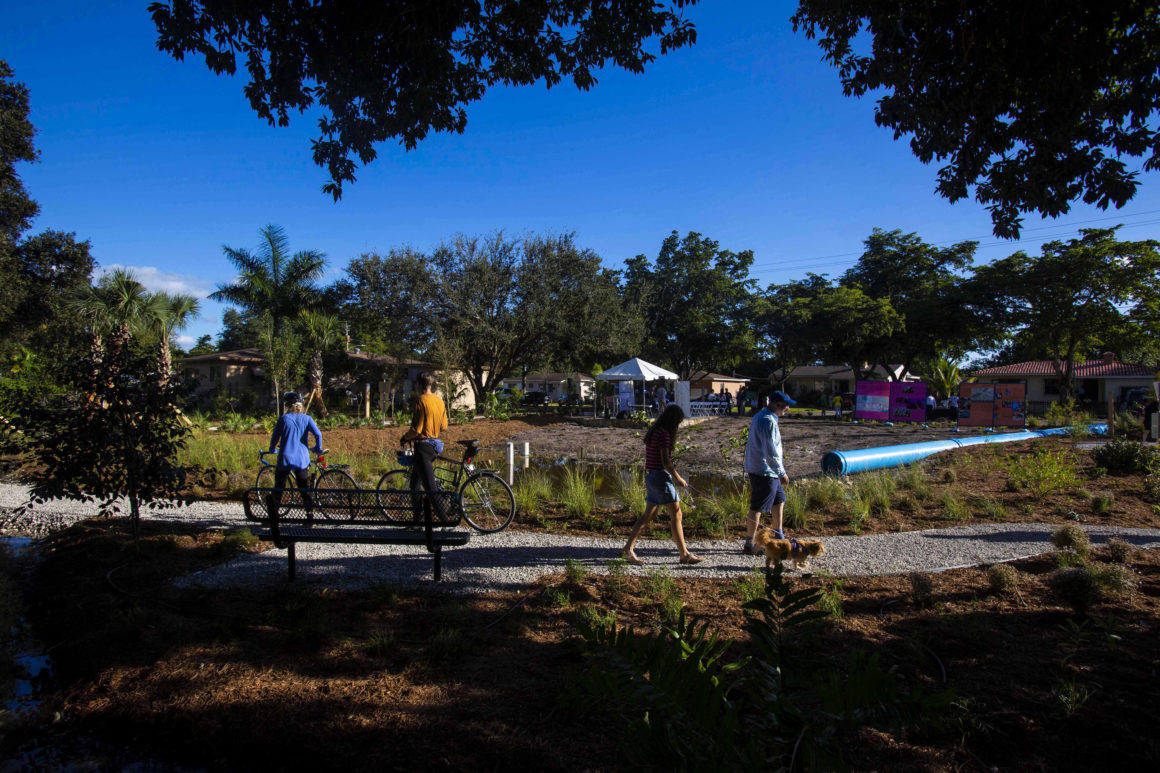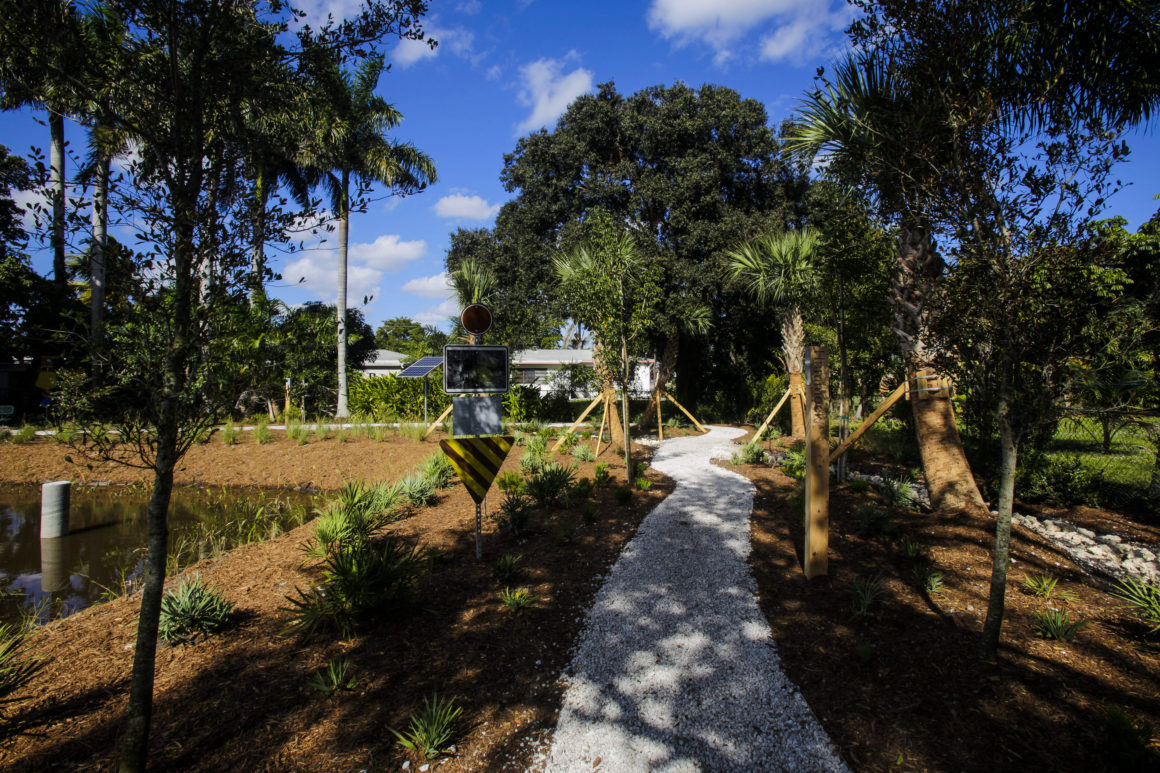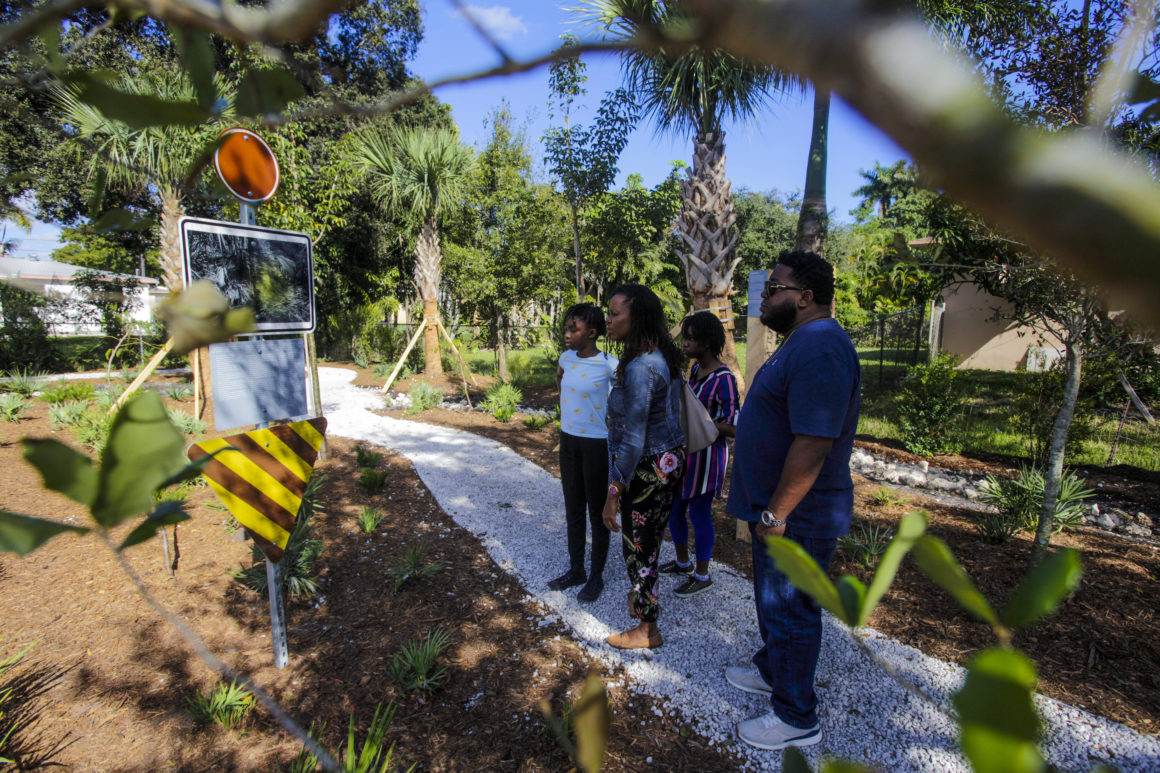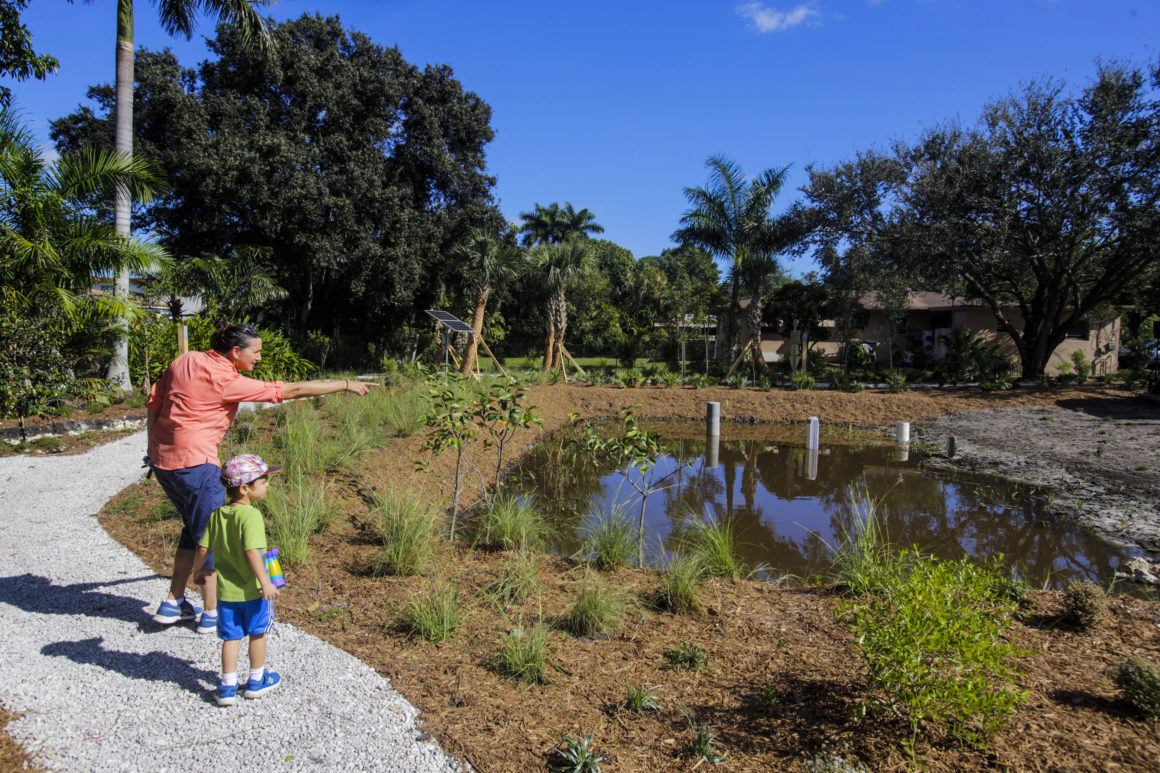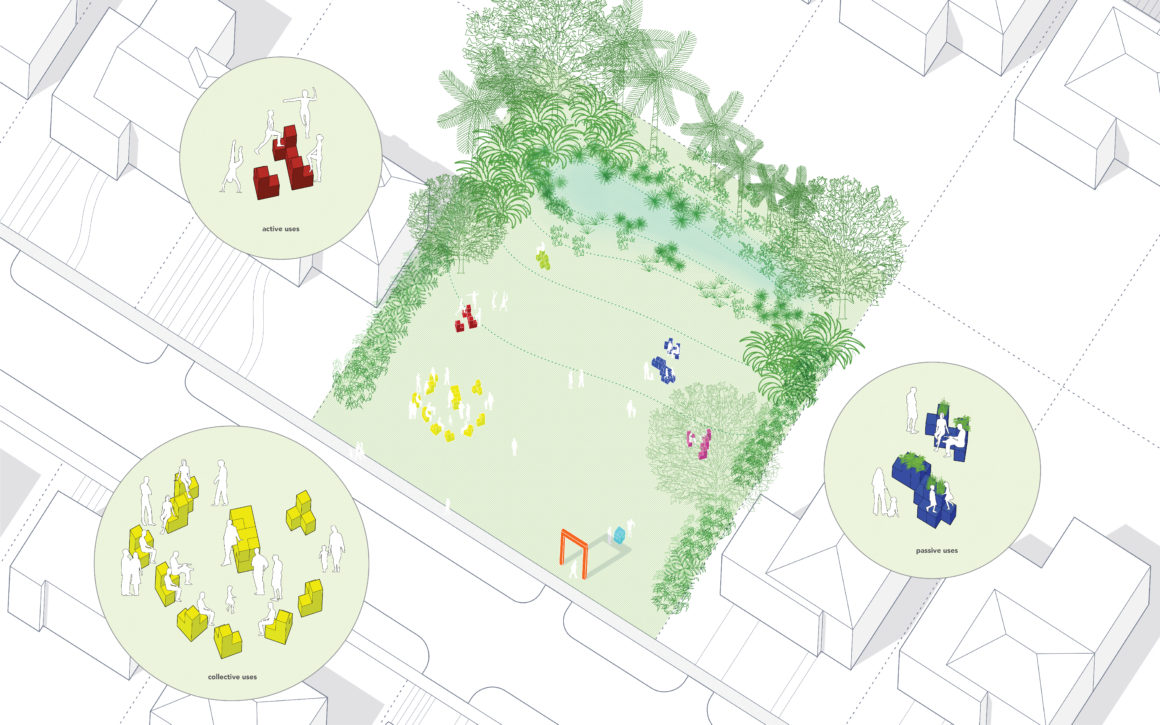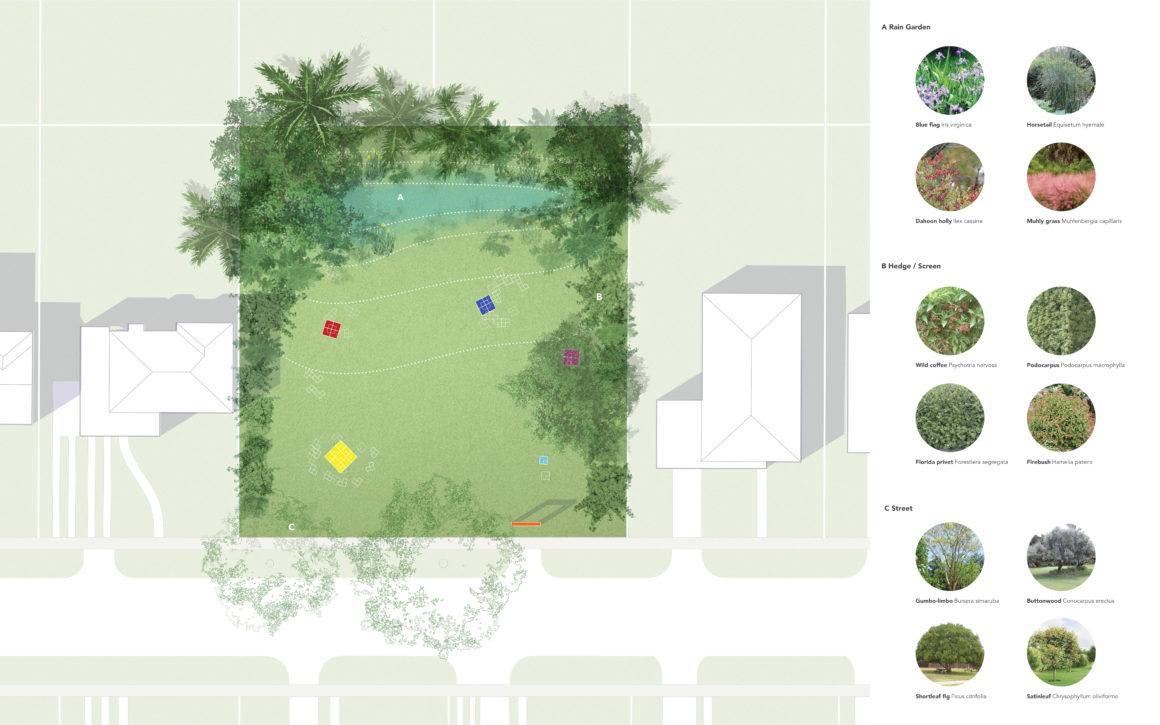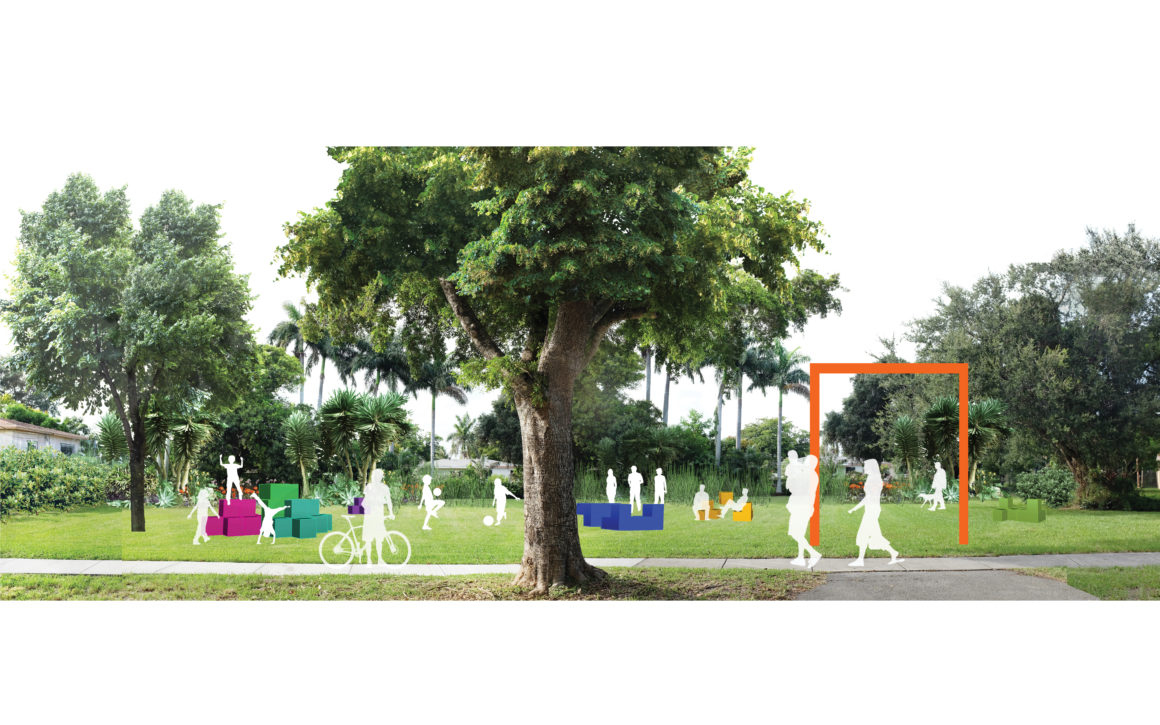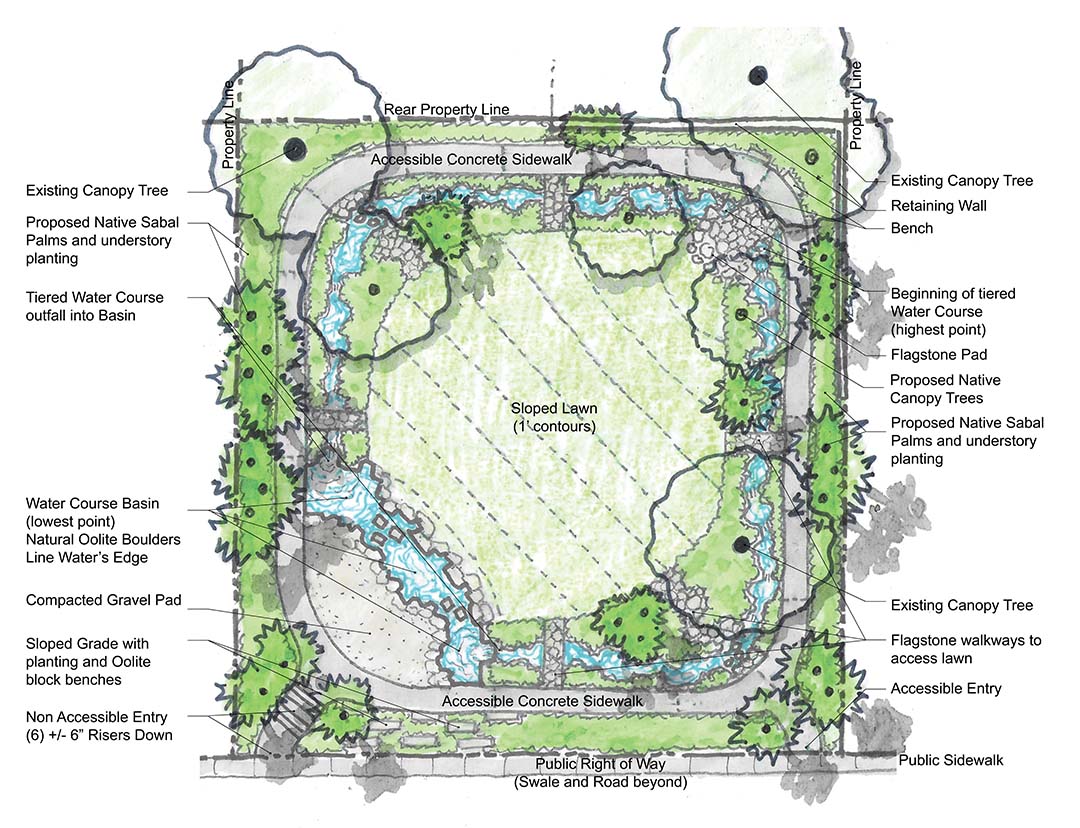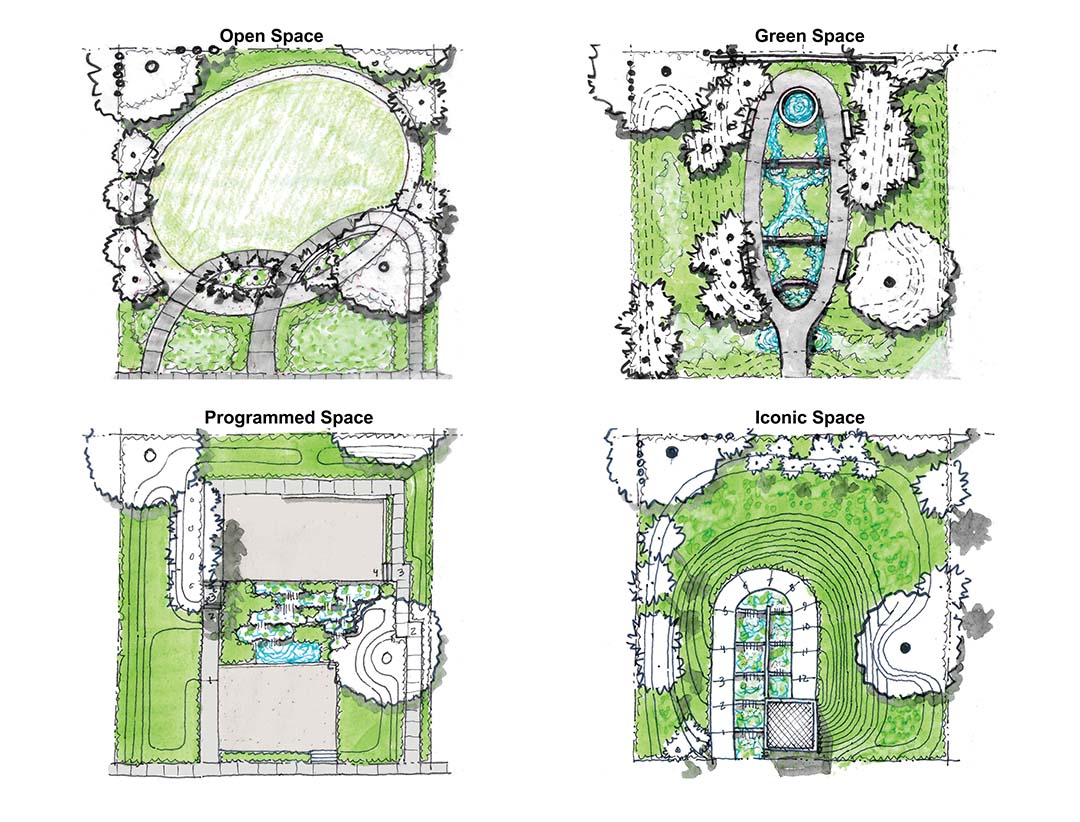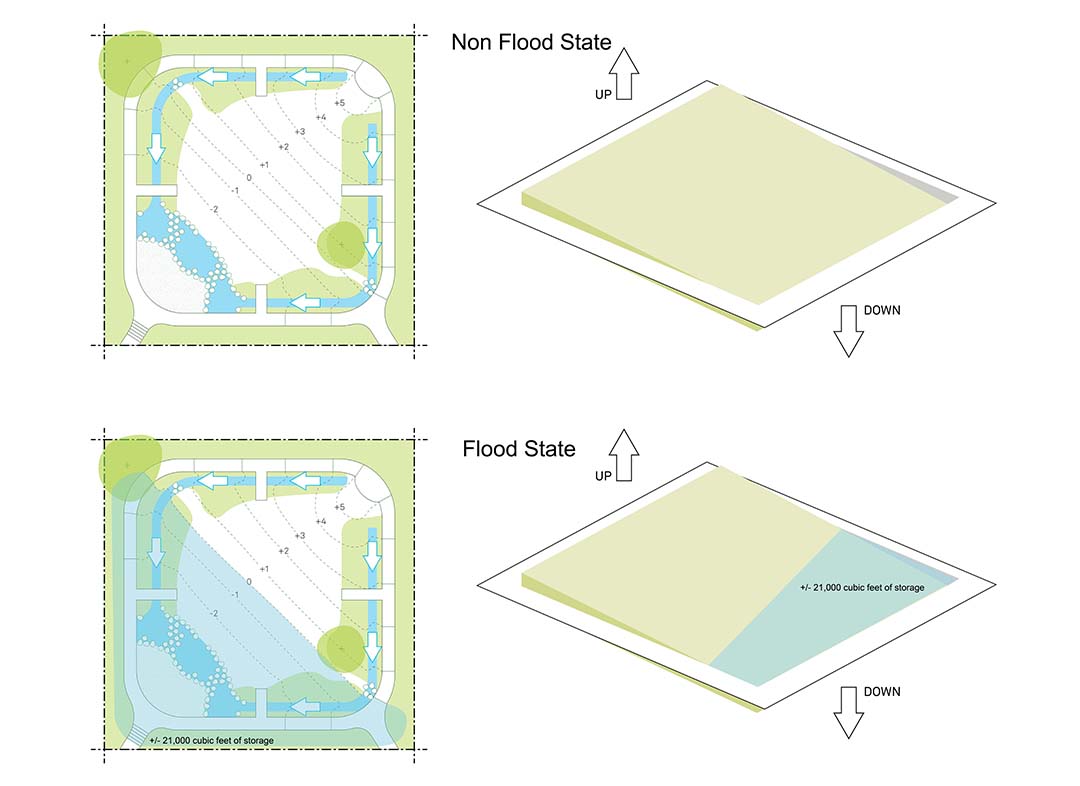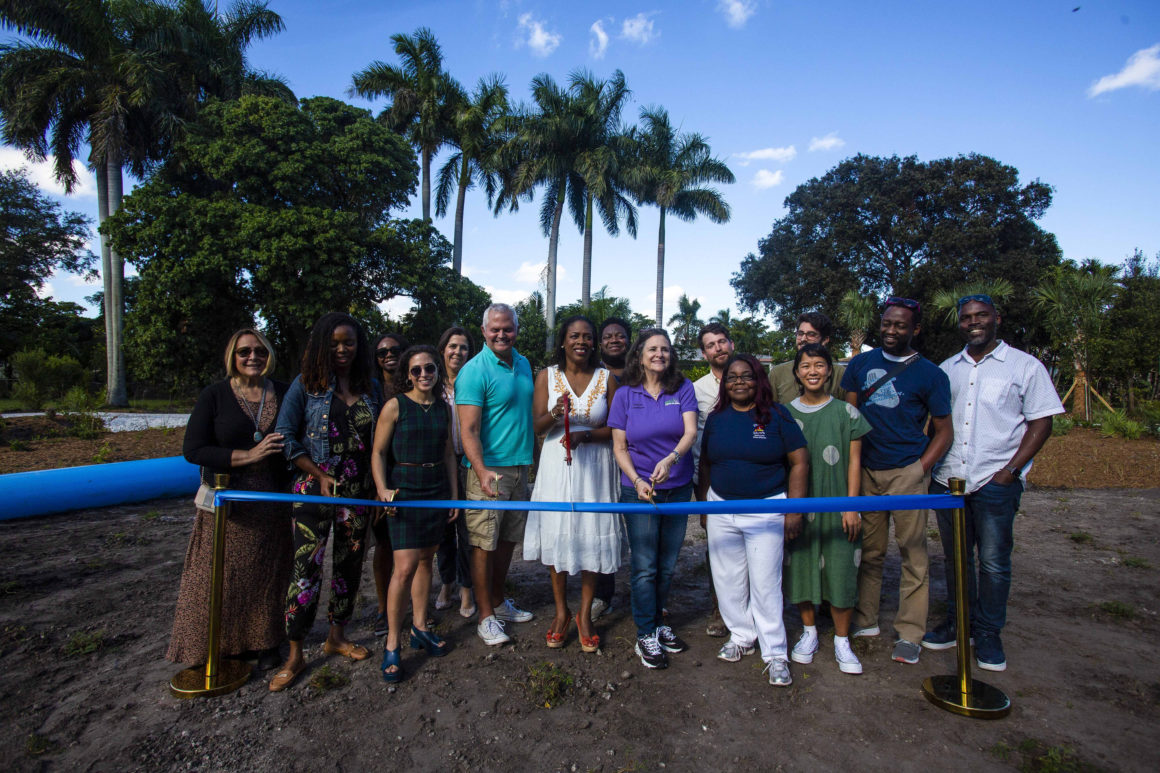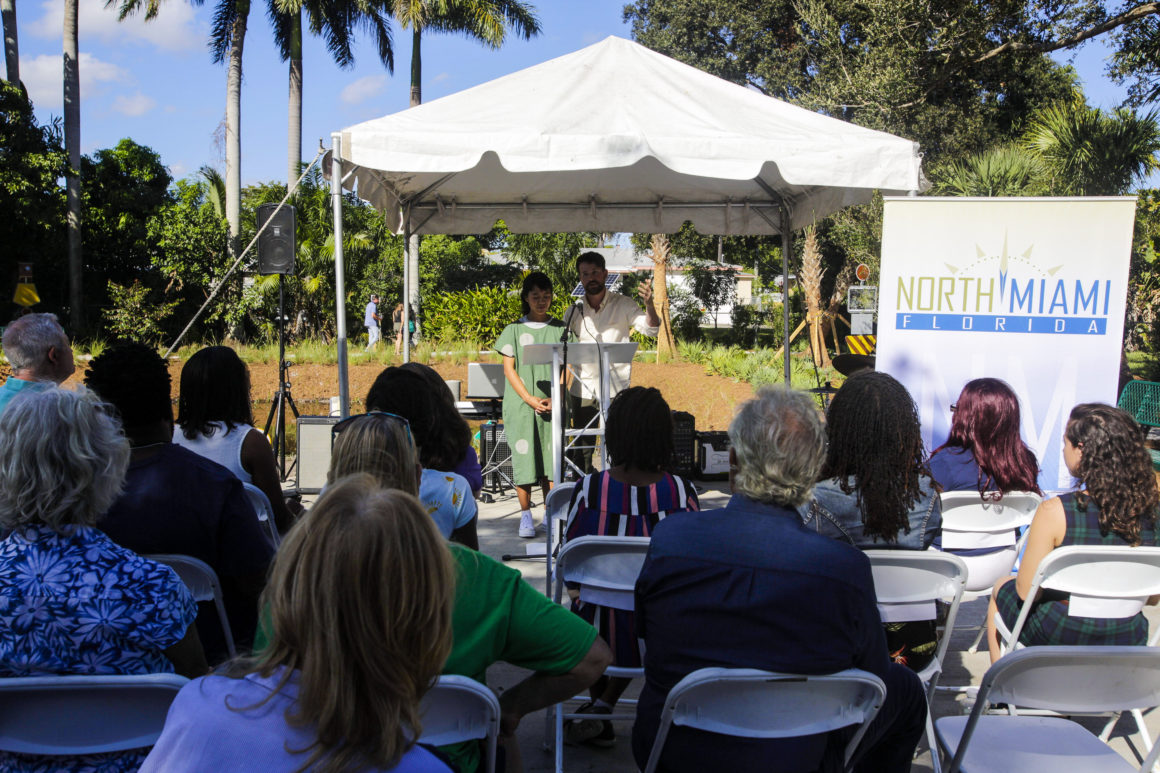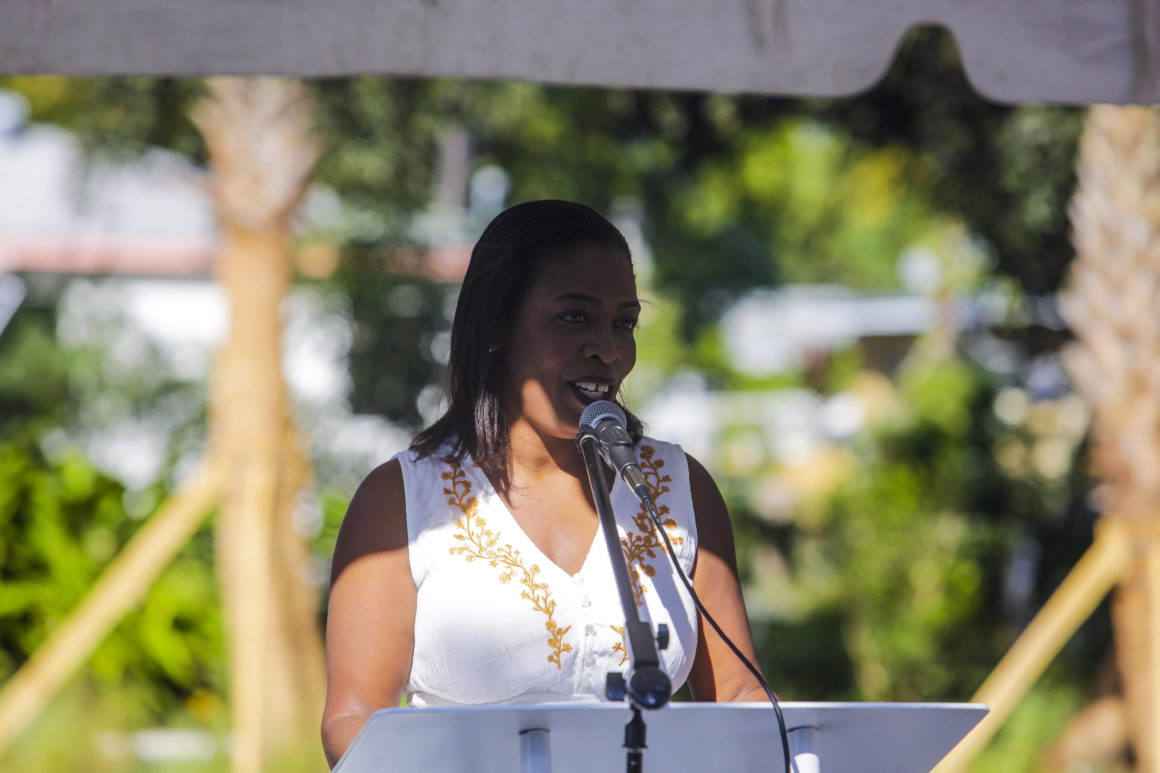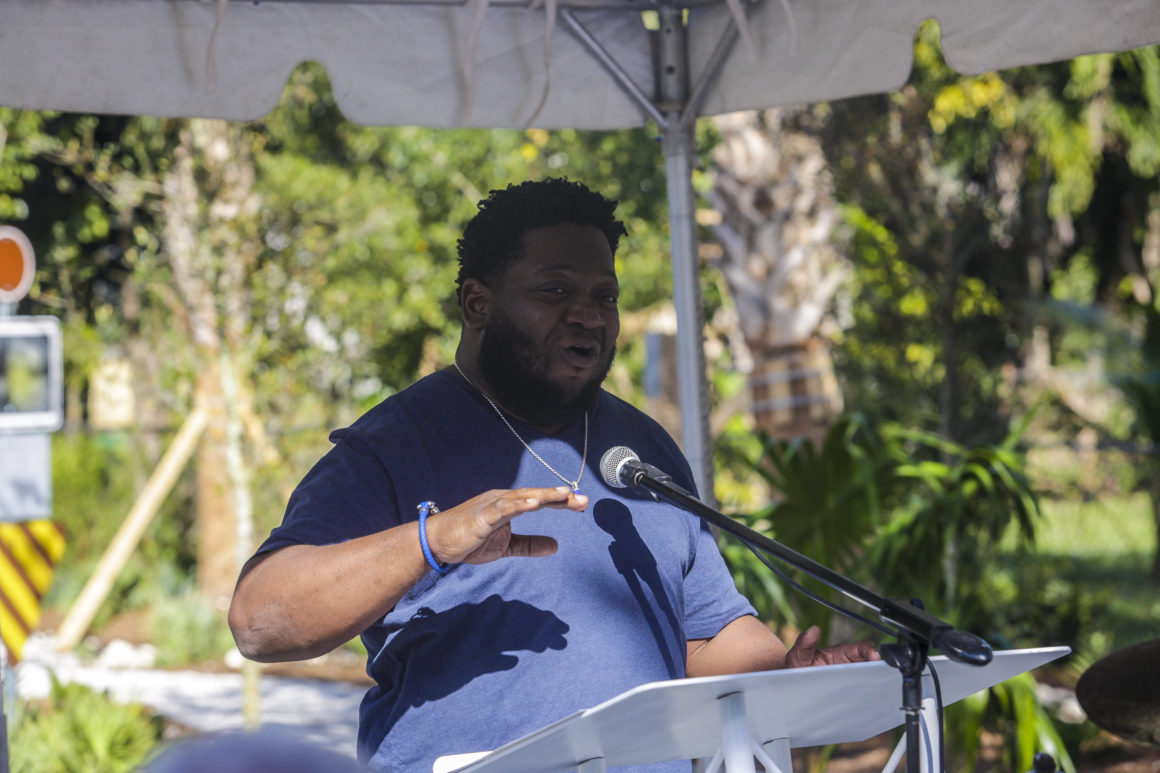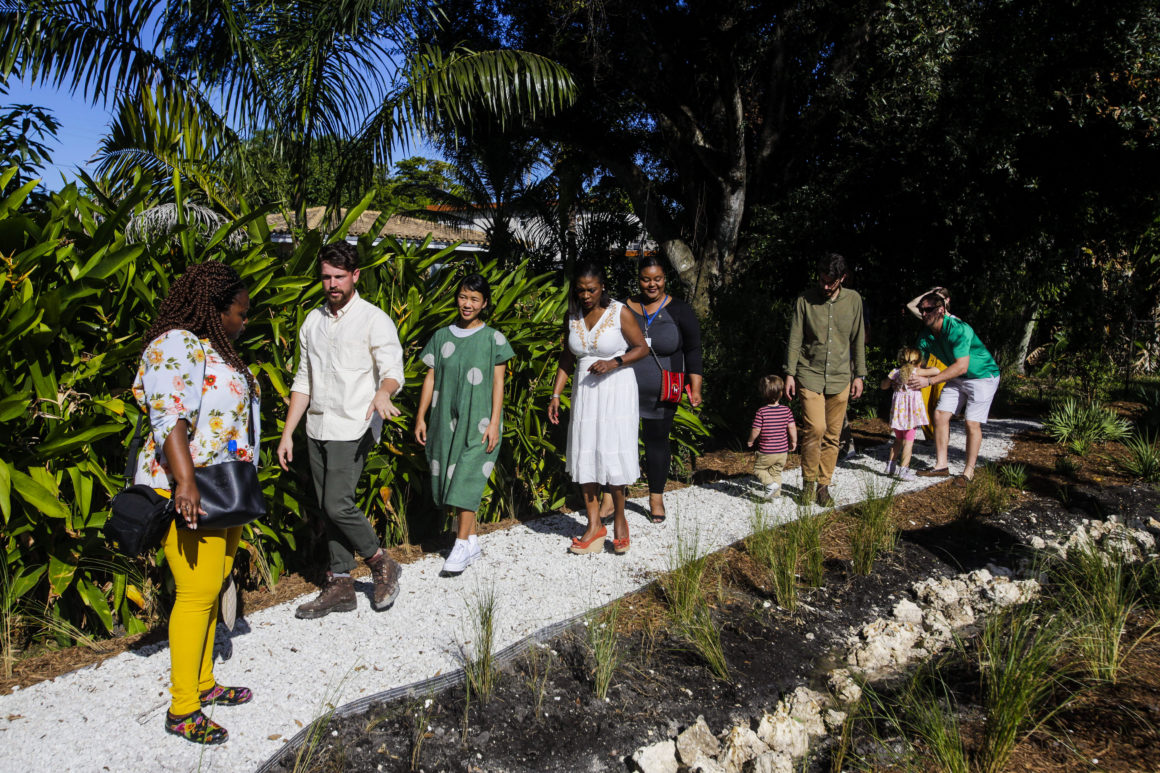Stormwater Park is now open! More photos of the site can be found here.
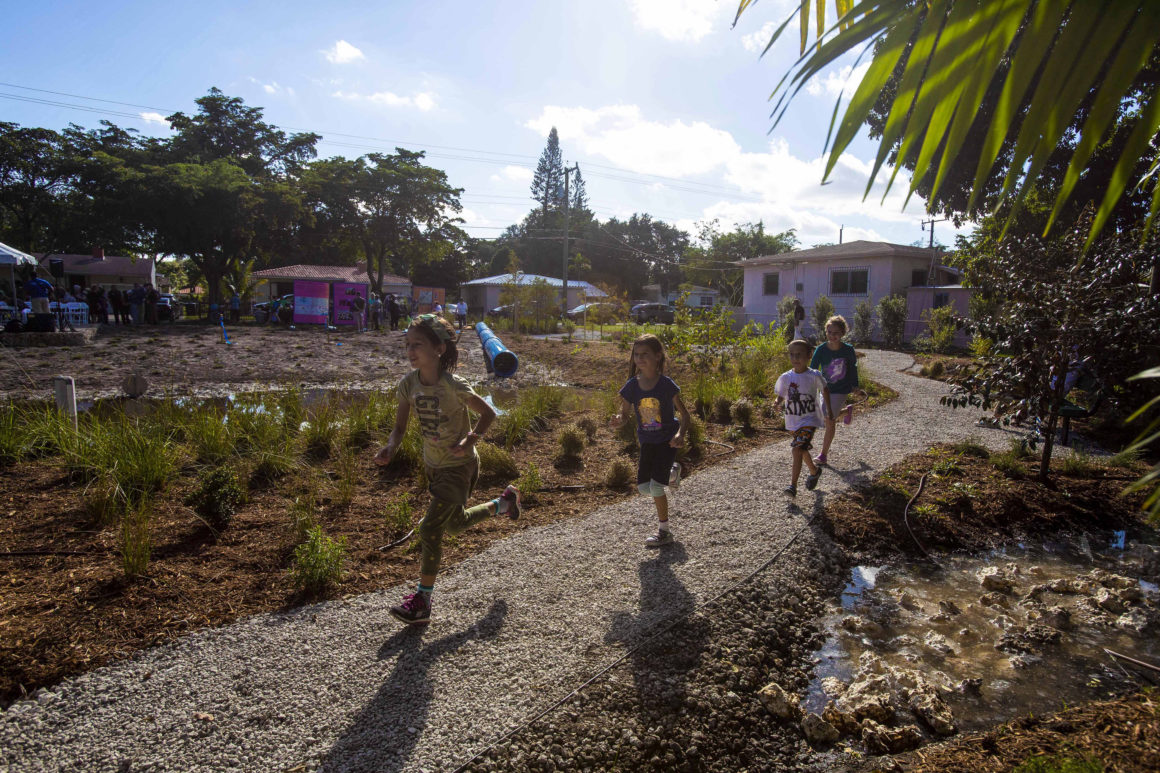
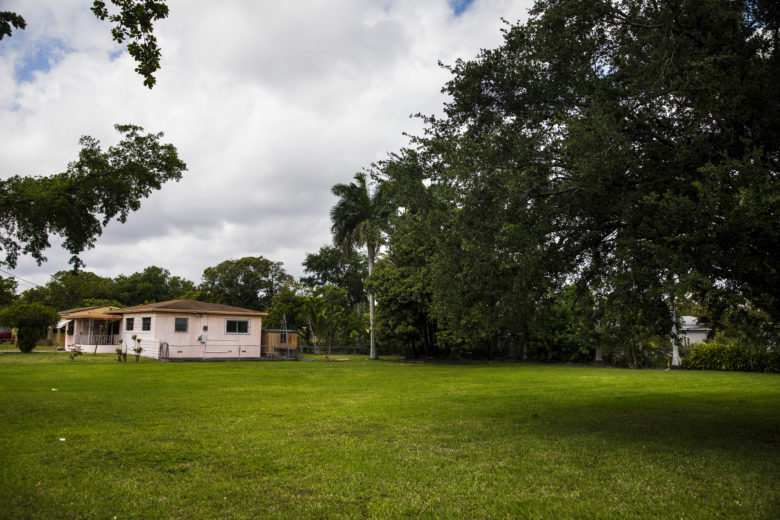
65% of North Miami is in Arch Creek Basin, a low-lying area of land that naturally collects water. Because of this, many people in North Miami experience flooding on their properties. If a homeowner files for flood insurance twice in a 10-year period, their land is called a “repetitive loss property” by the Federal Emergency Management Agency (FEMA). In North Miami, a homeowner in this situation can sell their property to the City. This has created an opportunity to transform these sites into valuable community space.
In 2000, the City of North Miami purchased one of these properties, 901 Northeast 144 Street, so that the homeowner could move to a less flood-prone property. The city demolished the house and converted the land into a patch of grass.
In 2019, Van Alen Institute and the City teamed up to launch an international competition to find a design team to transform this empty site into a usable space. Three finalist teams visited the site, met with community members, and created unique proposals. Ultimately, a jury of city officials and design experts selected Department Design Office because of their experience in urban design, community engagement, and public art.
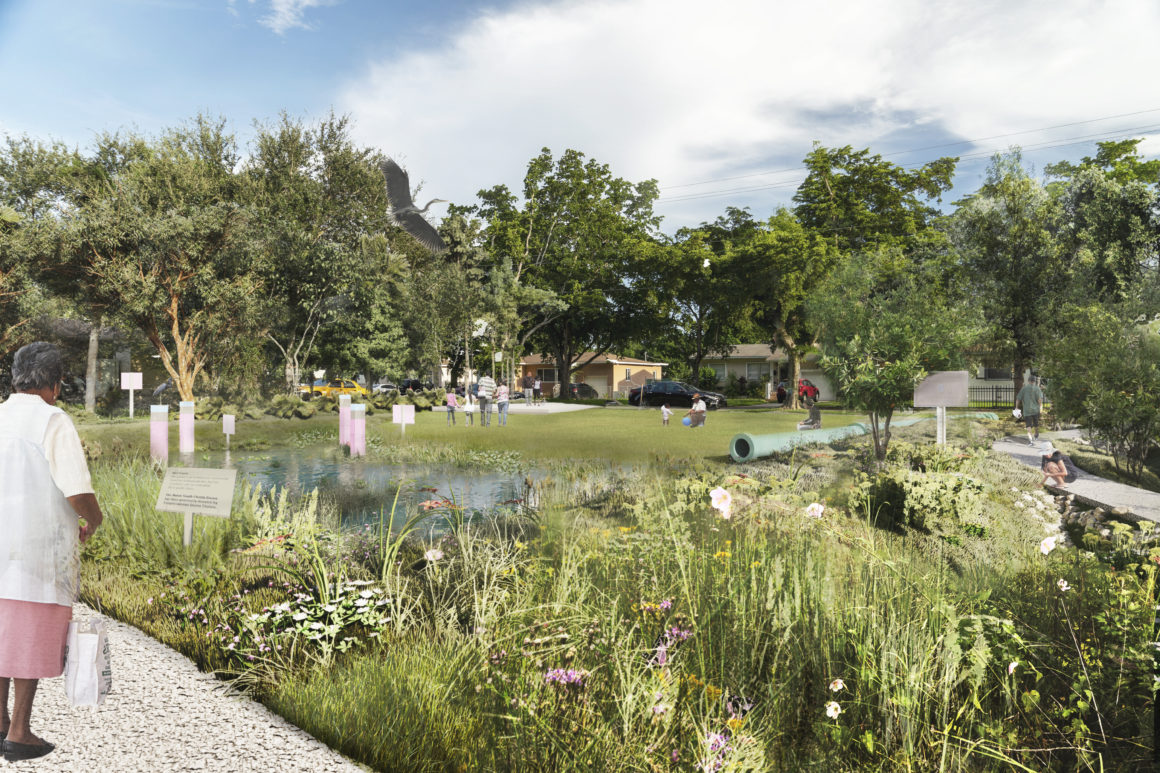
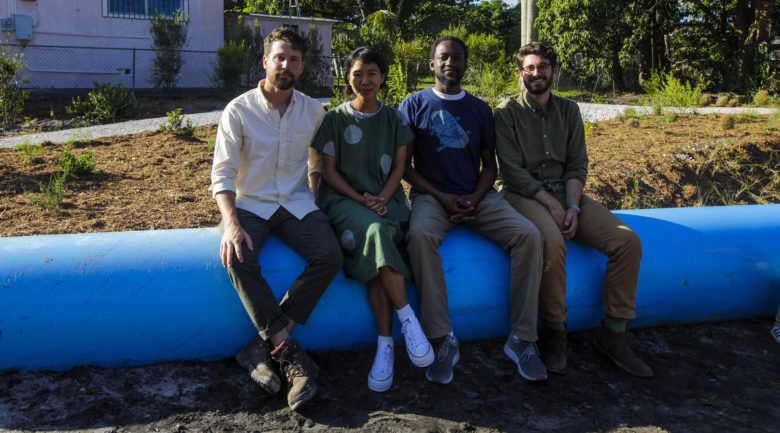
Department Design Office was chosen from three finalists for their “Good Neighbor” design, and were awarded $80,000 to develop and implement their designs at the pilot site and to create a master plan for other RL sites in North Miami.
“‘Good Neighbor’ highlights and celebrates its role as a stormwater park complete with a large central basin collects water, reducing flooding for the neighborhood, a limestone platform offers a place to sit and play, and a new walking path guides visitors through plants native to South Florida.
Stormwater parks like this can lower flood insurance rates and become a model for more community-oriented infrastructure in South Florida.
“Good Design” team members include Miami-based artist Adler Guerrier who adds his experience in public art; Forerunner, who brings a nuanced understanding of FEMA’s Community Rating System and floodplain management; and Andrew Aquârt, who acts as the team’s local architect with a decade of practice in Miami.
Of their project, Department Design Office said: “Because many of these lots, and the pilot site specifically, are within residential areas, they have the potential to give back to the community in a meaningful way – to be a good neighbor. Rather than lay vacant, these lots can increase stormwater capacity and alleviate local flooding by functioning as basins; unlike other forms of stormwater infrastructure that are typically buried underground, however, these sites offer the chance to make visible their function while showcasing South Florida’s unique ecology. We envision this pilot site, and other emergent sites, as a register for environmental change that simultaneously grows public awareness, reduces risk locally, and provides a community gathering space.”
The site opened at a public ribbon-cutting on December 15, 2019.
In addition to the new park, Department Design Office developed a strategy to transform other flood-prone vacant lots into community assets like Stormwater Park. The plan, which is currently pending adoption by City Council, outlines how to fund more of these projects and design recommendations from their work with the community. Reach out to Urban Impact Lab (impact@urbanimpactlab.com) if you have any questions about it.
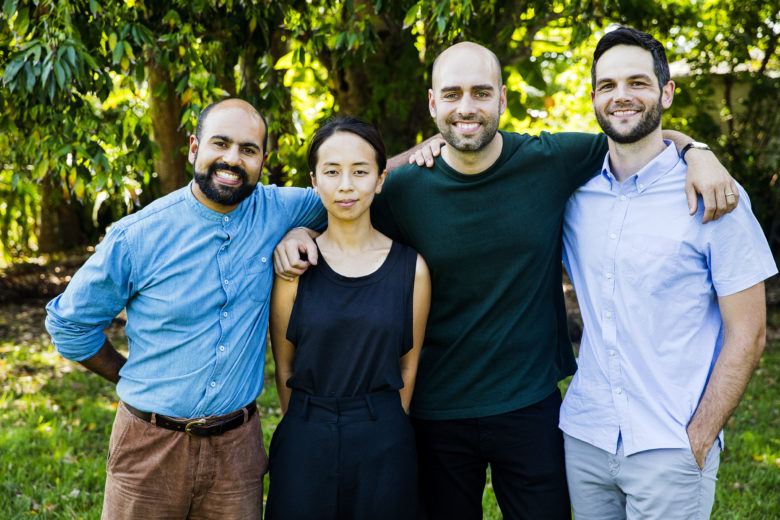
The team lead by Office ParkScheerbarth proposed the following: “This proposal eschews the instinct to prescribe specific, fixed uses in favor of a flexible,community-led program that allows for evolution, dissolution, and reinterpretation over time.”
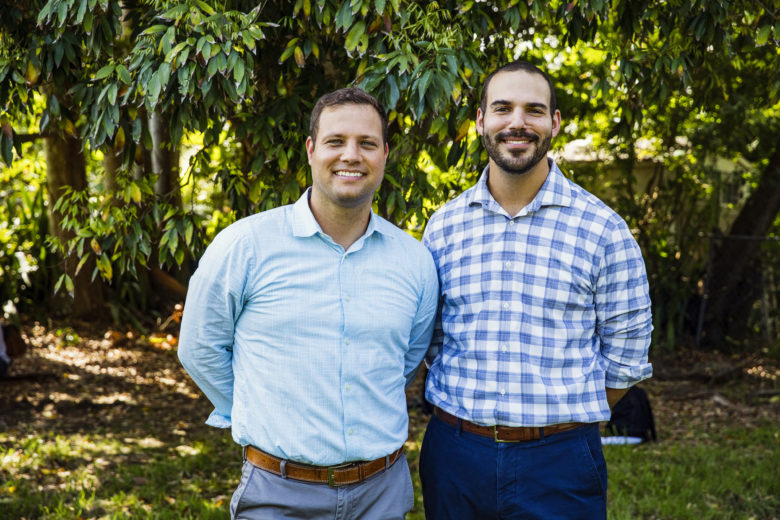
Resolve proposed the following: “Following our process with input from nearby residents, we determined a large flexible open space with surrounding areas that highlight natural systems and native planting ecotones while allowing for unprogrammed activities and provide maximum stormwater retention in rain events.”
The Jury
The jury, comprised of local and national leaders in climate change, design, and community engagement, played a critical role in selecting finalist and winning teams, and in helping to shape their concepts.
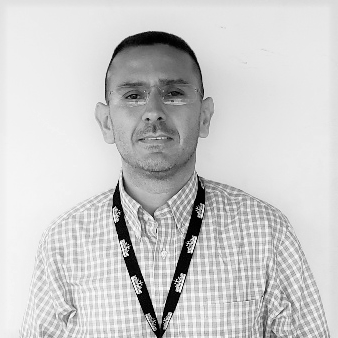
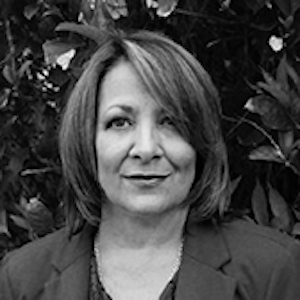
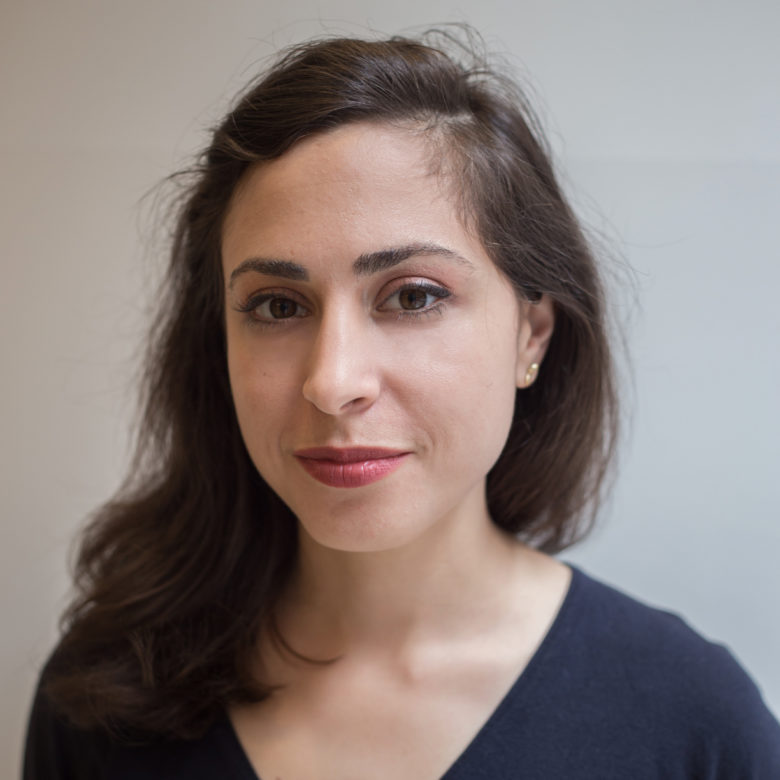

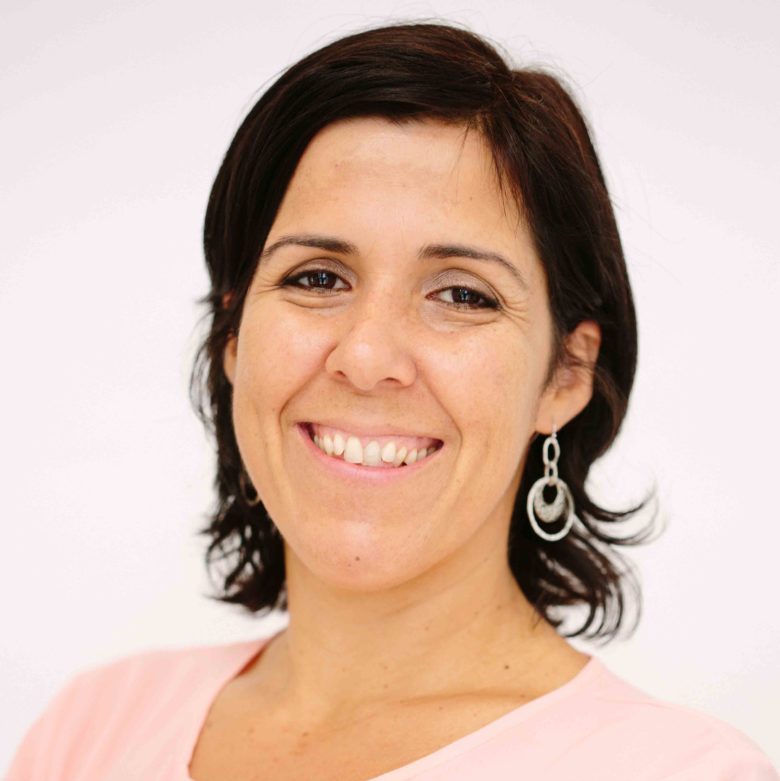
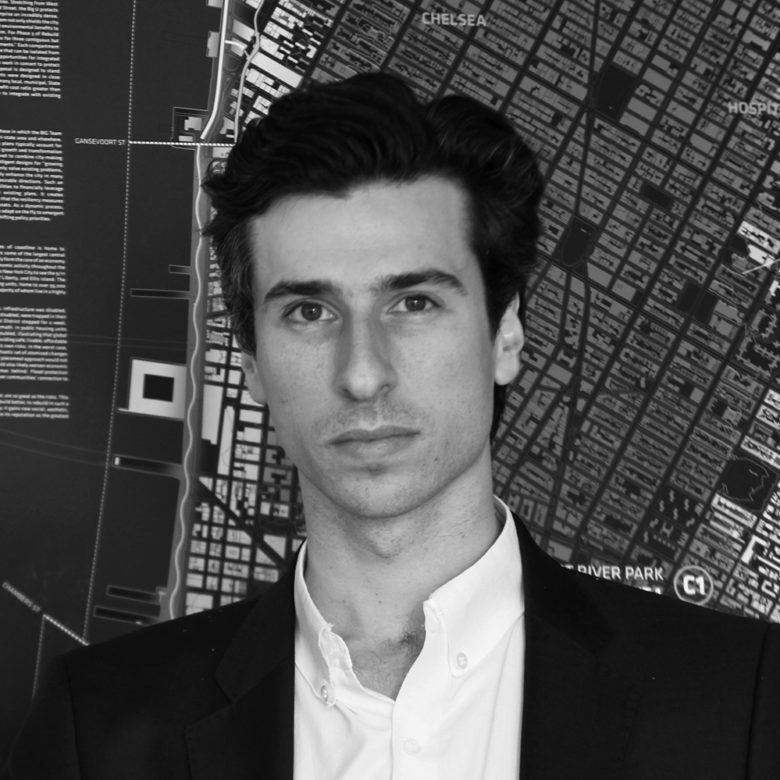
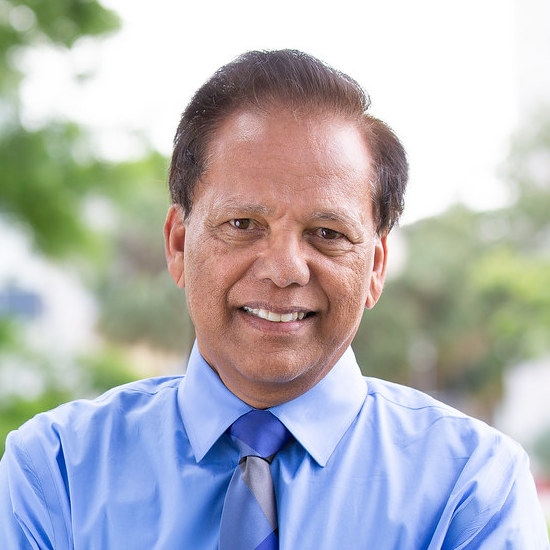
Jayantha Obeysekera
Director & Researcher, Sea Level Rise Solutions Center, Florida International University


Throughout the design process, we engaged hundreds of residents through events and surveys to understand their needs and wishes for this new community space. Thank you to everyone who participated!
On December 15, 2019, community members gathered to celebrate the opening of Stormwater Park. They were joined by city officials and Department Design Office who offered tours of the site throughout the day. Photos from the ribbon cutting can be found below.
Project Outreach Team
A group of individuals who are knowledgeable of and well-connected in the community. Members of the team receive a stipend to help plan, facilitate, and promote local community engagement events to inform the design project. Current members are:
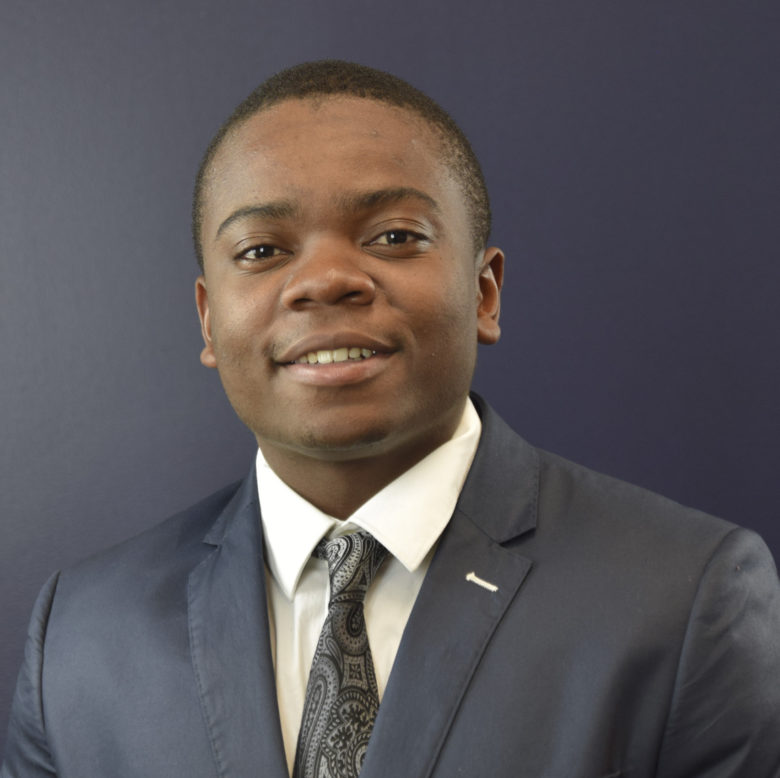
Jamil Pierre
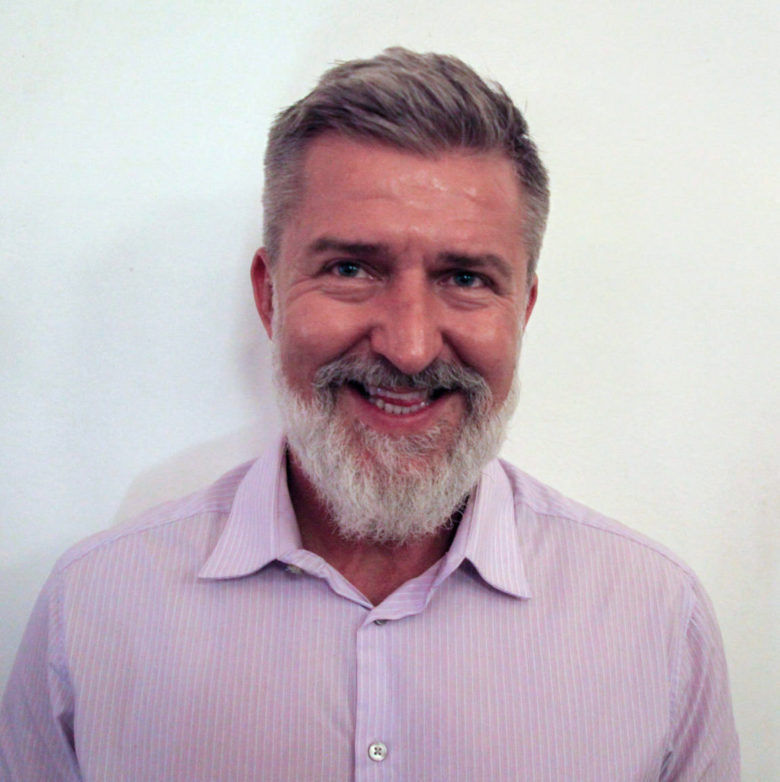
Howard Tonkin
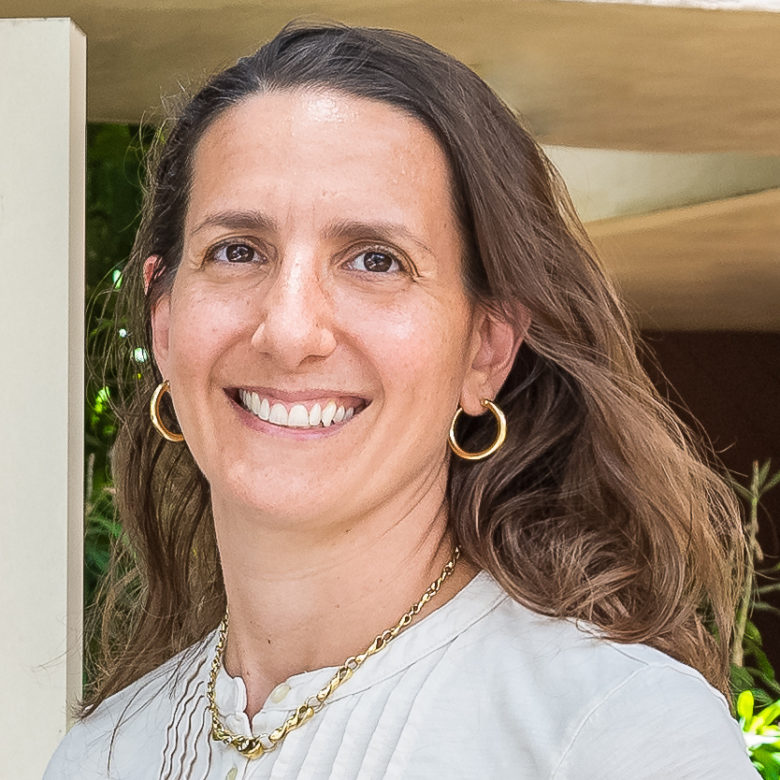
Rachel Goldberg

Cassandra Arnold
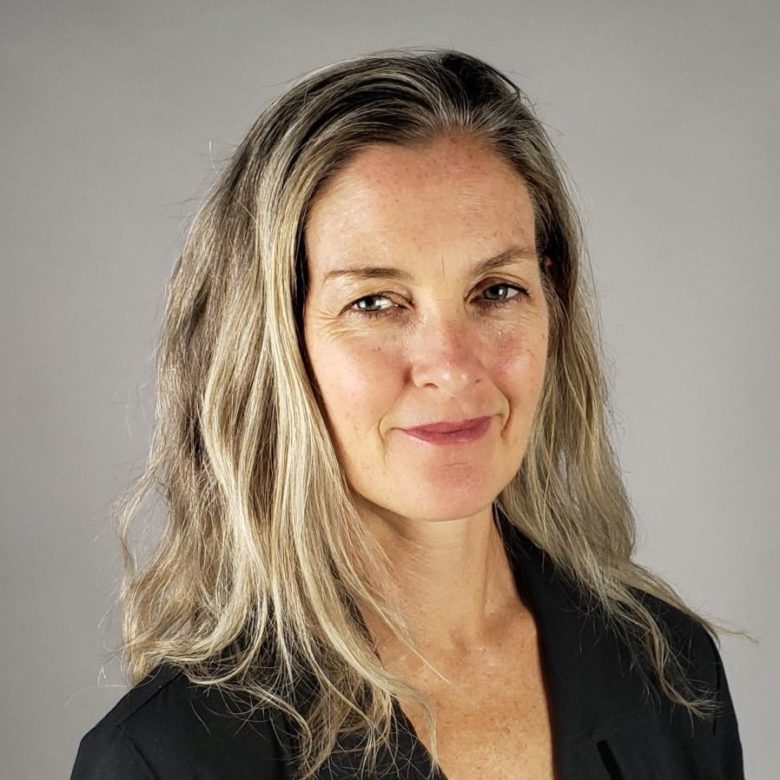
Sara McDevitt

Keeping Current: A Sea Level Rise Challenge for Greater Miami is a series of open design competitions inviting interdisciplinary teams to develop solutions and ideas using the lenses of economy, ecology, and equity to adapt to sea level rise.
Van Alen Institute is working with local municipalities in the greater Miami area, along with elected officials, academics, business leaders, community advocates, and residents.
Keep in Touch
Sign up for our email list to learn more about the project and receive updates on milestones and events.
